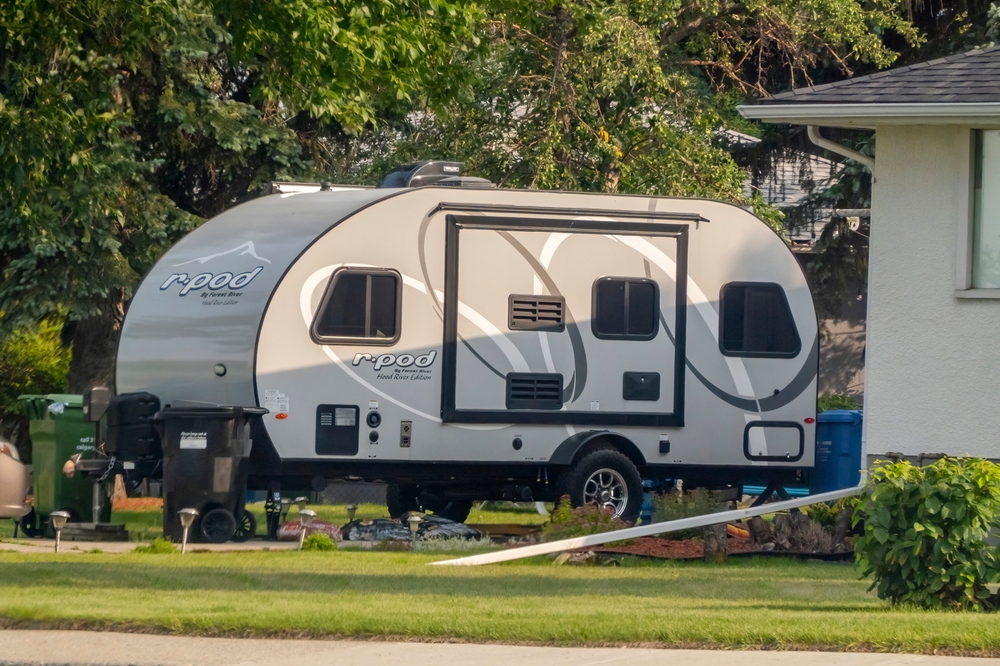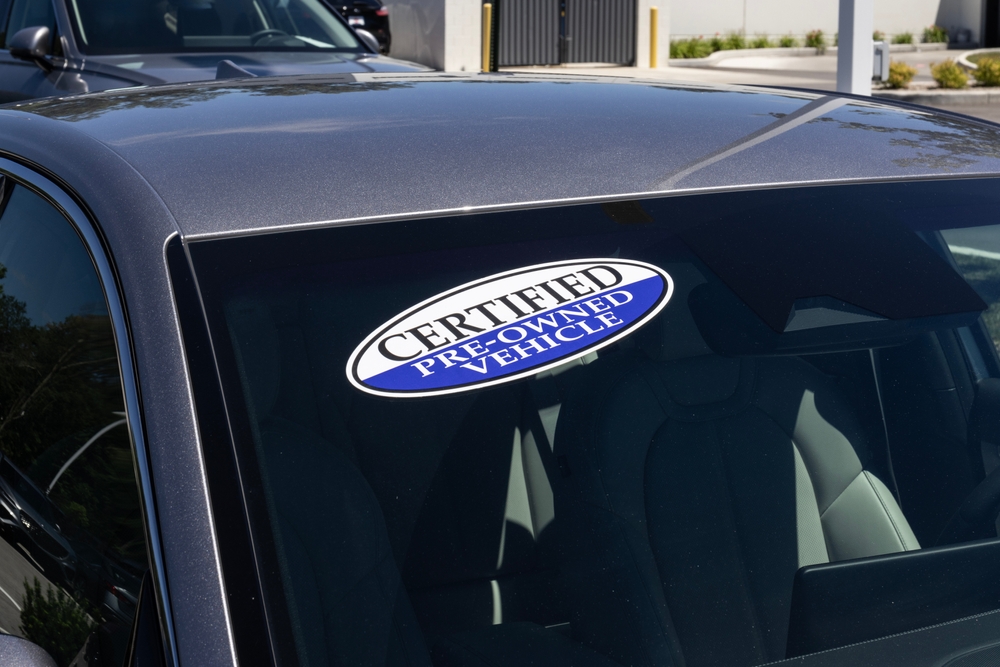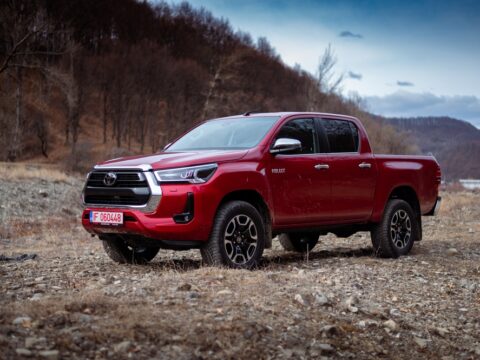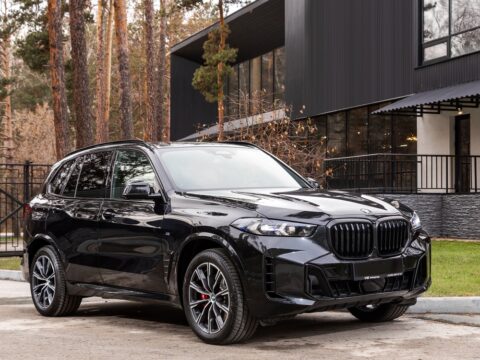Buying a car can be an empowering experience, but it’s important to go in prepared, especially with so many options and factors to consider. For women, being informed and confident can make all the difference in getting the right vehicle at the right price. In this article, we’ll share tips specifically for women buying a car, from researching models and setting a budget to negotiating with confidence and understanding the key features to look for. These tips will help ensure that the car-buying process is smooth, enjoyable, and results in a vehicle that meets your needs and lifestyle.
Contents
Research Safety Ratings and Features

When buying a car, it’s crucial to prioritize safety, and for women, understanding which vehicles offer the best protection is essential. Start by researching the safety ratings from reputable sources like the National Highway Traffic Safety Administration (NHTSA) and the Insurance Institute for Highway Safety (IIHS). Look for cars that have earned top ratings in crash tests and are equipped with advanced safety features such as blind-spot monitoring, automatic emergency braking, lane departure warning, and adaptive cruise control. These features can significantly reduce the risk of accidents and provide peace of mind, particularly for women who may often drive alone or with children.
Consider Visibility and Driving Position

Good visibility is key to feeling confident and secure behind the wheel, especially in urban environments or unfamiliar areas. When test driving a car, pay attention to how well you can see the road, other vehicles, and pedestrians. Check the car’s driving position, and ensure the seat height and steering wheel can be adjusted to give you a clear view of your surroundings. Taller vehicles like SUVs often provide better visibility, but smaller cars with large windows and minimal blind spots can also be excellent choices. Having a clear, unobstructed view while driving can reduce stress and improve overall safety.
Test Drive Multiple Vehicles

Taking the time to test drive multiple vehicles is essential to finding the car that best fits your needs. Don’t feel pressured to buy the first car you drive; instead, compare how different models handle, how comfortable they are, and how easy they are to operate. During the test drive, check for smooth acceleration, responsive steering, and how well the car absorbs bumps and road imperfections. Pay attention to how you feel in the driver’s seat—can you easily reach all the controls? Is the seat comfortable for longer drives? Test driving various vehicles helps you make an informed decision, ensuring you choose a car that meets your comfort and driving preferences.
Look for Cars with Easy Entry and Exit

If you frequently enter and exit your vehicle throughout the day, it’s essential to choose a car that offers easy access. Some cars have low seating positions or heavy doors that can be challenging to manage, especially when carrying groceries, children, or other items. SUVs and crossovers often provide a higher seating position that can make getting in and out easier, but there are also sedans designed with women in mind that feature wide door openings and comfortable seat heights. Try entering and exiting the car multiple times during your test drive to ensure it suits your needs and comfort.
Check for Adjustable Pedals and Steering Wheel

Adjustable pedals and a telescoping steering wheel can make a significant difference in comfort and driving ergonomics, particularly for women of different heights. These features allow you to find the ideal driving position, reducing strain on your back and neck while ensuring you can safely reach the pedals and controls. Cars that offer these adjustments typically cater to a broader range of drivers, making it easier to find a comfortable and safe driving position. Before purchasing, make sure the car allows you to make these adjustments, especially if you share the vehicle with someone of a different height.
Prioritize Cars with Advanced Driver Assistance Systems (ADAS)

Advanced Driver Assistance Systems (ADAS) can greatly enhance safety and ease of driving, particularly in busy or high-traffic environments. Features such as adaptive cruise control, parking sensors, and automatic parking assist are especially helpful for women who may drive in congested areas or need assistance with parking in tight spaces. These systems can reduce stress and prevent accidents by providing alerts and even taking control of the vehicle in certain situations. When shopping for a car, ask about the availability of ADAS features and consider prioritizing vehicles that offer them as standard or optional equipment.
Ensure Easy-to-Use Infotainment and Controls

Infotainment systems and controls should be intuitive and easy to use, reducing distractions while driving. Look for cars with user-friendly touchscreens, voice control, and physical buttons that are easy to reach and operate without taking your eyes off the road. Features like Apple CarPlay and Android Auto can also be beneficial, allowing you to integrate your smartphone for hands-free calls, navigation, and music streaming. Test the infotainment system during your test drive to ensure you’re comfortable using it and that it won’t become a source of frustration or distraction while driving.
Evaluate Trunk Space and Cargo Flexibility

Trunk space and cargo flexibility are important considerations, especially if you frequently carry groceries, sports equipment, or luggage. When evaluating a car, check the size of the trunk and whether it offers features like a low liftover height, wide opening, and foldable rear seats to expand cargo space. SUVs and crossovers often provide more versatile cargo options, but many sedans also offer ample trunk space with easy access. Consider how the vehicle will accommodate your typical cargo needs and whether the design will make loading and unloading easier for you.
Consider Fuel Efficiency and Range

Fuel efficiency is an important factor, particularly if you have a long daily commute or enjoy taking road trips. Higher fuel efficiency can save you money on gas and reduce the frequency of trips to the pump. Look for cars with high miles per gallon (MPG) ratings, especially for city driving if that’s where you spend most of your time. Additionally, consider hybrid or electric vehicles, which offer excellent fuel efficiency and lower operating costs. Understanding the range of these vehicles on a full tank or charge can help you plan your driving and reduce the inconvenience of frequent refueling or recharging.
Investigate Insurance Costs

Insurance costs can vary significantly depending on the make and model of the car you choose. Before finalizing your purchase, it’s wise to get insurance quotes for the vehicles you’re considering. Factors such as the car’s safety ratings, repair costs, and theft rates can all influence the insurance premium. Vehicles with advanced safety features may qualify for discounts, lowering your overall insurance costs. By investigating insurance costs upfront, you can avoid any unpleasant surprises and ensure that your new car fits within your budget, not just in terms of the purchase price but also ongoing expenses.
Consider Resale Value

Resale value is an important consideration when buying a car, as it can significantly impact your overall cost of ownership. Some vehicles retain their value better than others due to factors like brand reputation, reliability, and market demand. Research the projected resale value of the cars you’re considering and choose a model known for holding its value over time. This can be particularly important if you plan to sell or trade in your car in a few years. Brands like Toyota, Honda, and certain GM models tend to have strong resale values, making them a smart financial choice in the long run.
Look for Ergonomic Seats

Comfortable, ergonomically designed seats are essential for long drives and daily commutes, particularly for women who may have different body proportions compared to men. When test driving, pay close attention to how the seats feel—do they provide adequate lumbar support? Are they adjustable in multiple ways, including height and tilt? Heated and ventilated seats can also add to your comfort in different weather conditions. Some cars offer memory settings for the driver’s seat, allowing you to save your preferred seating position, which is especially useful if you share the vehicle with others. Comfortable seating can reduce fatigue and make driving a more enjoyable experience.
Investigate Child-Friendly Features

For mothers or those planning to start a family, child-friendly features in a car are essential. Look for vehicles with easily accessible LATCH anchors for car seats, ample rear-seat space, and wide-opening rear doors that make it easier to install and remove car seats. Rear sunshades, rear-seat entertainment systems, and built-in window shades can also be helpful for keeping children comfortable and entertained on long drives. Some SUVs and minivans offer additional family-friendly features like a rear-seat reminder system to prevent leaving children in the car and easy-to-clean upholstery. These features can make daily life much easier for mothers on the go.
Pay Attention to Interior Storage

Interior storage is often overlooked but can make a big difference in the day-to-day usability of your vehicle. Consider how much small-item storage the car offers, including the size and accessibility of the center console, door pockets, cup holders, and glove compartment. Some vehicles offer thoughtful storage solutions like hidden compartments, purse hooks, and under-seat storage, which can help keep the cabin organized and clutter-free. If you often carry items like water bottles, sunglasses, or a purse, make sure the car has enough convenient storage to keep everything within easy reach.
Choose a Car with Keyless Entry and Push-Button Start

Keyless entry and push-button start are convenient features that can make a big difference in your daily routine, especially when your hands are full. With keyless entry, you can unlock your car without having to fumble for your keys, which is particularly helpful in parking lots or when carrying groceries. Push-button start adds another layer of convenience by allowing you to start the car with a simple press of a button, as long as the key fob is inside the vehicle. These features can also enhance security, as the car won’t start without the key fob present. Consider prioritizing these features, especially if you’re looking for a vehicle that simplifies your daily routine.
Understand the Warranty and Maintenance Costs

Understanding the warranty coverage and potential maintenance costs of a vehicle is crucial for long-term peace of mind. Look for cars that come with a comprehensive warranty, covering major components like the engine, transmission, and electronics for several years or miles. Some manufacturers, like GM, offer extended warranty options and prepaid maintenance plans that can help manage costs. Additionally, research the average maintenance costs for the vehicles you’re considering, including the price of parts and labor. Vehicles with lower maintenance costs and reliable warranty coverage can save you money and reduce stress in the long run.
Don’t Be Afraid to Negotiate

Negotiating the price of a car can be intimidating, but it’s an essential part of the car-buying process that can save you money. Before heading to the dealership, research the fair market value of the car you want, using resources like Kelley Blue Book or Edmunds. Knowing the car’s value gives you leverage in negotiations and helps you avoid overpaying. Don’t be afraid to ask for a better deal, whether it’s a lower price, additional features, or better financing terms. If negotiating isn’t your strength, consider bringing along a friend or family member who can help. Remember, dealerships expect negotiation, so take your time and aim to get the best deal possible.
Investigate Financing Options in Advance

Before stepping into a dealership, it’s wise to research and secure your financing options. Shop around for the best interest rates and loan terms from banks, credit unions, or online lenders. Knowing your budget and financing options beforehand can empower you to negotiate better terms at the dealership and avoid high-pressure sales tactics. Some dealerships may offer incentives for using their financing, but having a pre-approved loan gives you the flexibility to choose the best option. Understanding your financing options ensures you get a car that fits your budget without compromising on features or quality.
Check for User-Friendly Navigation Systems

A good navigation system can make driving easier and more enjoyable, especially if you frequently travel to new or unfamiliar places. Look for vehicles equipped with a reliable, easy-to-use navigation system that offers real-time traffic updates, clear directions, and points of interest. Some cars come with built-in navigation, while others rely on smartphone integration like Apple CarPlay or Android Auto for map services. Make sure the system is intuitive, with controls that are easy to operate while driving. A user-friendly navigation system can save you time and reduce stress, making your driving experience smoother and more efficient.
Consider Fuel Type and Availability

When choosing a car, consider the type of fuel it uses and the availability of that fuel in your area. While gasoline-powered cars are the most common, hybrids, plug-in hybrids, and electric vehicles (EVs) are becoming increasingly popular. If you’re considering a hybrid or EV, research the availability of charging stations near your home, work, or frequent destinations. Additionally, consider the cost of fuel or electricity in your area, as this can impact your overall operating costs. Choosing the right fuel type can make your driving more convenient and cost-effective in the long run.
Factor in Depreciation

Depreciation is an important factor to consider when buying a car, as it affects the vehicle’s long-term value. Some cars depreciate faster than others, which can impact how much you’ll get if you decide to sell or trade it in later. Vehicles from brands known for reliability, such as Toyota, Honda, and certain GM models, often have slower depreciation rates, making them a better investment over time. Research the depreciation rates of the cars you’re considering and factor this into your decision-making process. Choosing a car with slower depreciation can save you money in the long run and provide better value when it’s time to sell.
Think About Future Needs

When buying a car, it’s important to consider not only your current needs but also your future ones. Are you planning to start a family? Do you anticipate a longer commute or more travel in the coming years? Think about how your lifestyle might change and choose a car that can accommodate those changes. For example, if you plan to have children, consider a vehicle with ample rear-seat space and child-friendly features. If you anticipate more travel, look for a car with good fuel efficiency and comfortable seating. Planning for the future ensures that your car will continue to meet your needs for years to come.
Don’t Overlook Comfort and Convenience Features
Comfort and convenience features can make a significant difference in your daily driving experience, so don’t overlook them when shopping for a car. Features like automatic climate control, power-adjustable seats, heated and ventilated seats, and a panoramic sunroof can enhance your comfort and make driving more enjoyable. Additionally, consider convenience features like a power liftgate, remote start, and proximity key entry, which can make your life easier, especially when you’re carrying groceries or traveling with kids. While these features may add to the cost of the car, they can greatly improve your overall satisfaction with the vehicle.
Consider a Certified Pre-Owned Vehicle
If you’re looking for a high-quality car at a lower price, consider a Certified Pre-Owned (CPO) vehicle. CPO cars are typically low-mileage, late-model vehicles that have undergone a thorough inspection and come with an extended warranty. Buying a CPO vehicle can give you the peace of mind of a new car with the savings of a used car. GM offers a strong CPO program, which includes a detailed inspection, reconditioning, and a comprehensive warranty. Choosing a CPO vehicle allows you to get more car for your money while still enjoying the benefits of a warranty and dealership support.
Trust Your Instincts
Finally, trust your instincts when buying a car. If something doesn’t feel right—whether it’s the way the car drives, the behavior of the salesperson, or the terms of the deal—don’t be afraid to walk away. Buying a car is a significant investment, and it’s important to feel confident and comfortable with your decision. Take your time, do your research, and make sure the car you choose is the right fit for you. Trusting your instincts ensures that you’ll make a decision that you’re happy with for years to come.
This article originally appeared on MyCarMakesNoise.
More from MyCarMakesNoise
10 Budget-Friendly RVs for First-Time Buyers

A good starter RV should offer ease of use, reliable performance, and be gentle on your wallet, setting you up for many memorable adventures without the financial strain. Read More.
15 High-Performance Sports Cars That Didn’t Sell

Despite their impressive capabilities and cutting-edge features, some models struggle in the market due to a variety of factors ranging from steep pricing and intense competition to niche market appeal and changing consumer preferences. Read More.
10 Worst Military Vehicles Ever Deployed

These machines, despite high hopes and significant investments, struggled with critical issues that hampered their performance and reliability. Read More.

















